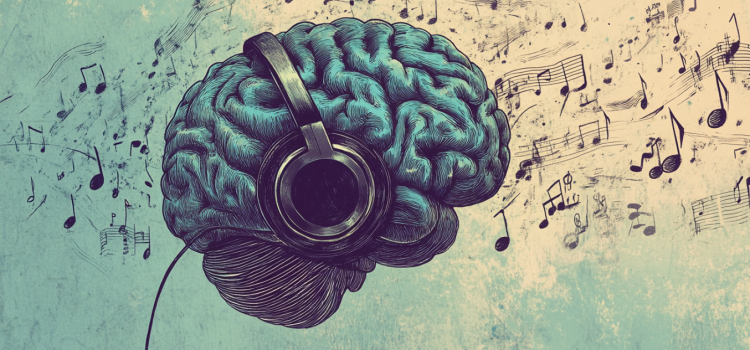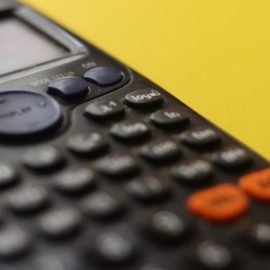
How does the brain process music? Why is the song “Happy Birthday” so widely recognized?
Award-winning neuroscientist and musician Daniel J. Levitin explains in his book, I Heard There Was a Secret Chord, how music is processed in the human brain. He also believes the power of music can be harnessed as a healing method.
Keep reading to learn more about the neuroscience of music.
How the Brain Processes Music
In his explanation of the neuroscience of music, Levitin says that our brains process music through a complex system of neural networks that begins with basic sound detection in the brainstem and extends to complex pattern recognition in the prefrontal cortex. These separate processing systems combine their analyses to create a unified experience of music—like how a mixing board in a recording studio combines different instrumental tracks into one complete song.
(Shortform note: The way humans process music is distinct from that of other species. While many animals can hear rhythmic sounds, most lack our ability to anticipate and process musical patterns. Research with rhesus monkeys shows they can only react to beats after they occur, whereas humans actively predict them—a crucial element of musical enjoyment. However, some exceptions exist. Studies have found that animals with specialized neural pathways or vocal mimicry abilities, such as parrots and sea lions, can synchronize their movements to music—like Snowball, the cockatoo known for dancing along to Backstreet Boys classic, “Everybody.”)
When your brain processes music, Levitin writes, you rely on three key abilities: First, rhythm recognition allows you to feel the beat and anticipate what comes next in a song—like knowing when to tap your foot or clap along. Second, pitch recognition helps you follow the tune, observing if notes are going up the scale or down, or if certain notes create harmony or discord. Third, timbre perception enables you to distinguish between different sounds, like those of a violin, a piano, or a human voice.
(Shortform: Our brains all handle music through rhythm, pitch, and tone recognition, but some people’s brains are wired to do this more effectively, and these individuals tend naturally to have enhanced musical talent. Just as some people are born with better hearing ability or coordination, others are born with natural advantages that help them process musical information. When combined with early music exposure and practice, these abilities become even stronger. This explains why your friend might easily pick out wrong notes in a song while you focus more on the overall sound.)
According to Levitin, your brain’s capacity to combine these abilities allows you to recognize songs, even when they sound different from the original version. For example, you would know “Happy Birthday” whether it’s played on a piano or kazoo, or sung at twice the speed or in a different key. (Shortform note: According to the 1998 Guinness World Records, “Happy Birthday” is the most commonly recognized song globally. The song’s structure—four short lines with a repetitive melody—makes it particularly easy to learn and remember, which has helped contribute to its global spread and translation into at least 18 languages.)
Music as Medicine
According to Levitin, learning more about music’s effects on the brain and body have opened up new possibilities for the role of music in health care. Scientists are exploring how to use existing research and new technology to develop increasingly sophisticated approaches to music-based treatment.
Levitin argues that using digital technology could help health care providers develop more targeted music therapy treatments for a variety of conditions. He envisions AI systems connected to health trackers that monitor biometric data—including heart rate, breathing patterns, and muscle tension—to select the most therapeutic music for each individual patient. This personalized approach would offer greater precision than current standardized methods, potentially expanding music therapy’s effectiveness across a wider range of health conditions.






